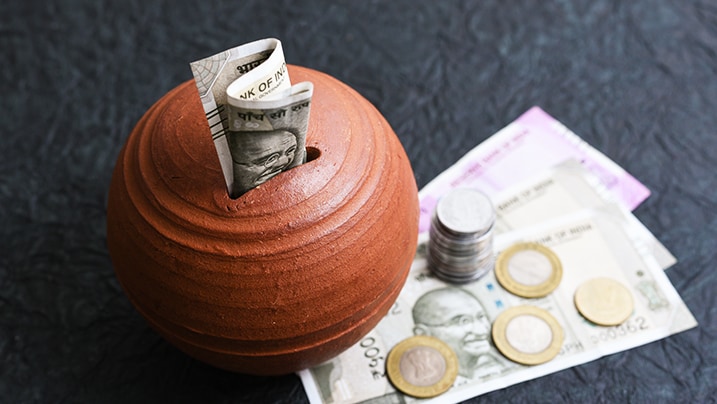SBI account holder? Your Bank has Linked Savings Account Deposits, Loans to REPO charge – Its Impact Explained
India’s biggest lender, State Bank of India, has announced linking financial savings deposit fees and short-term period loans with RBI’s repo rate. SBI has ended up being the primary financial institution to achieve this as industrial banks of India have by no means connected repo fees immediately with the hobby fees of savings accounts or loans. According to SBI, the new linking process may be applicable starting May 1, 2019. The pass will possibly impact SBI’s quick-term mortgage debtors and savings depositors. It is anticipated to alternate how borrowers pay their EMIs on unique loans. Savings accounts with over Rs 1 lakh deposits will simplest be related to repo fees, aside from deposits under that.

Also, this linkage method will not blanket borrowers with cash credit score debts and overdraft limits of Rs 1 lakh. Let’s apprehend how the cutting-edge SBI choice will impact you if you are a savings account holder or a short-term mortgage borrower of the bank: Why did SBI make this decision? Loans are linked to the financial institution’s value of price range. The interest price is decided based on the financial institution’s Marginal Cost of Funds, primarily based on the Lending Rate (MCLR) declared every month. Though the MCLR machine will hold, linking savings deposit charges with the repo rate will make the fee of funds concerned with converting repo quotes, ensuring a higher transmission.
It will assist the bank in getting the power and ease to better control its Asset-Liability Management (ALM). Each time the RBI reduces the repo charge, the banks take time to bypass the instantaneous gain to debtors, and a time lag in reducing the lending costs occurs on every occasion. The SBI flow will propel the quicker transmission of charge cuts to clients and ensure passing the benefits immediately to borrowers. If a falling interest charge situation, it’ll help debtors as their EMIs will come down. However, the opposite will manifest in case the repo charge rises.
At gift, SBI offers a hobby charge of three 5 in keeping with cent p.Anon deposits up to Rs 1 crore and 4 percent p.Anon deposits above Rs 1 crore. In keeping with the new norm of linking deposits with repo charges, deposits above Rs 1 lakh may be subject to trade, and the exchange in RBI repo charge every month. This savings hobby costs for such debts will increase while the repo price rises. However, financial savings deposits below Rs 1 lakh will not be impacted and preserved to get the present constant charge. In case you are a quick-time SBI mortgage borrower: In keeping with the bank’s assertion, small borrowers with coins credit score money owed and overdraft limits as much as Rs 1 lakh will now not be covered within the linking manner.
Hence, they may pay hobby in the same manner as earlier. However, quick-term debtors with coins, credit score bills, and overdrafts restrict Rs 1 lakh; their EMIs will rely on the rise or fall of the repo rate. Conclusion: If RBI cuts the repo price, the SBI will decrease the interest fee of financial savings debts having deposits above Rs 1 lakh, bringing down its own value of a budget. Due to the reduction in the budget, the MCLR or the lending price will even come down, making the loans inexpensive. In this sort of state of affairs, the transmission could be much faster than before. Earlier, the SBI became bound to present a better-fixed price on the savings account deposit no matter the fall in repo price. However, it will be exciting to peer how this new flow will impact fundamental loans like domestic and personal loans. What may be the public’s reaction, in the view of the truth that the repo rate can move up and down?















